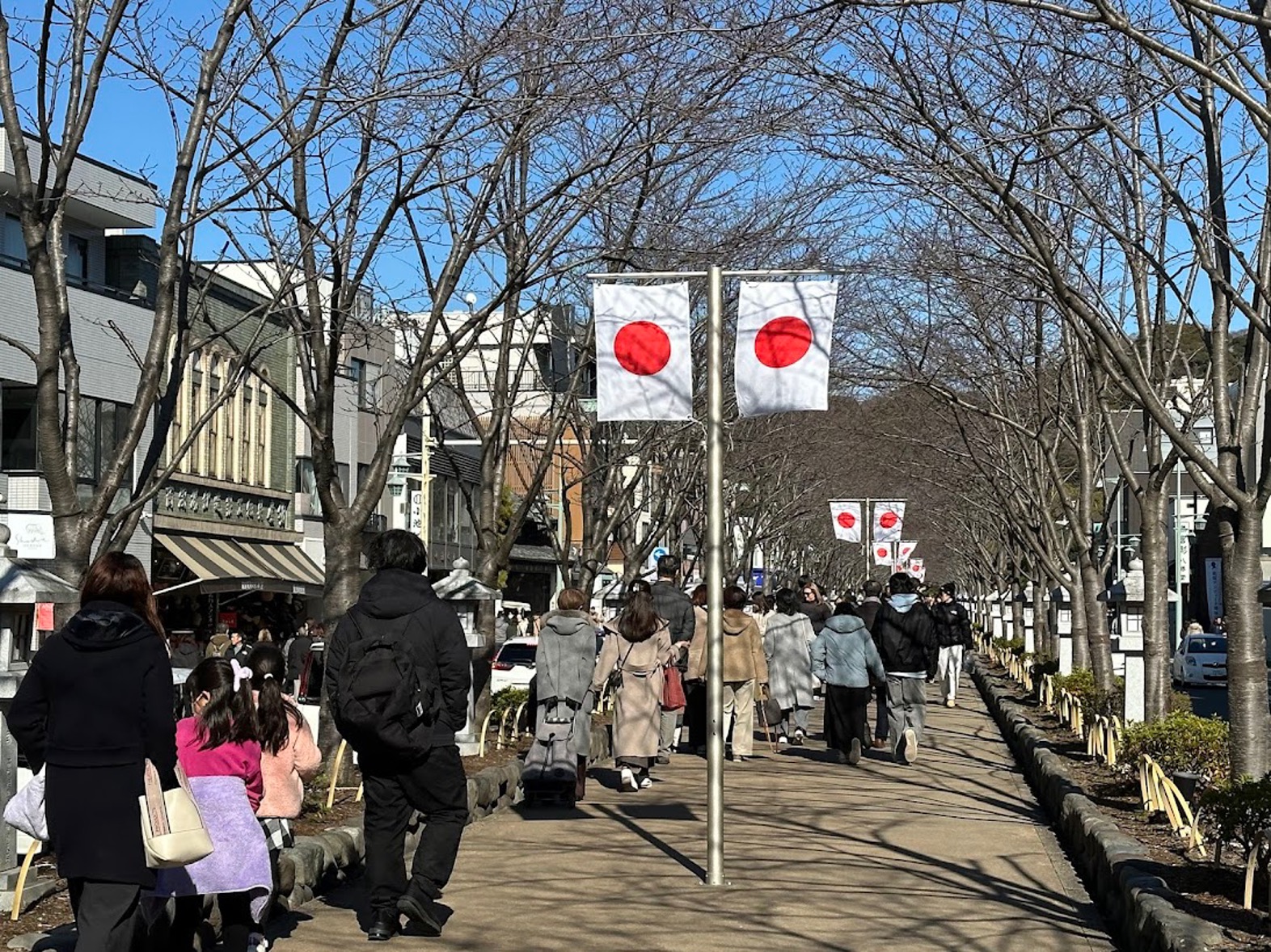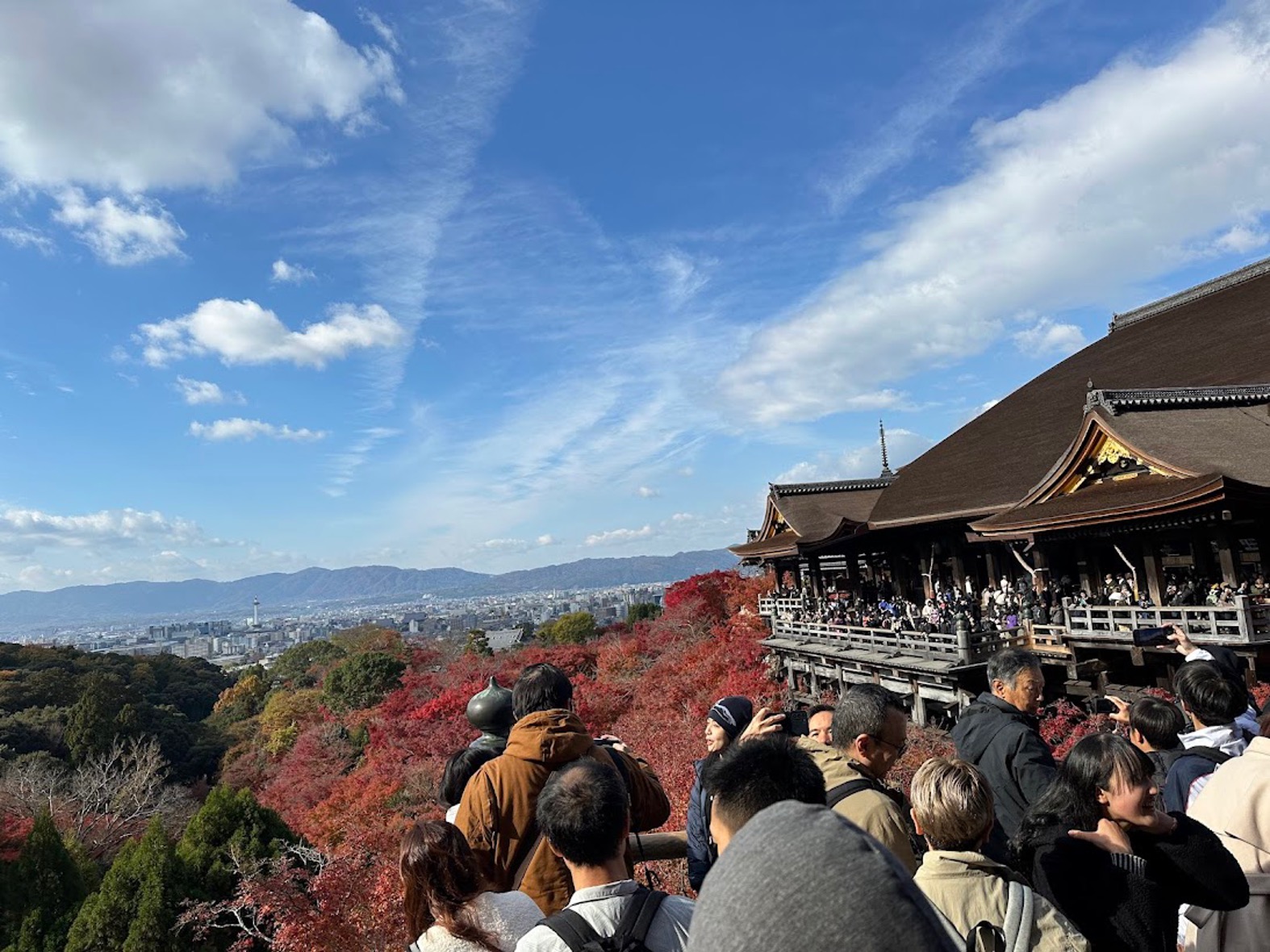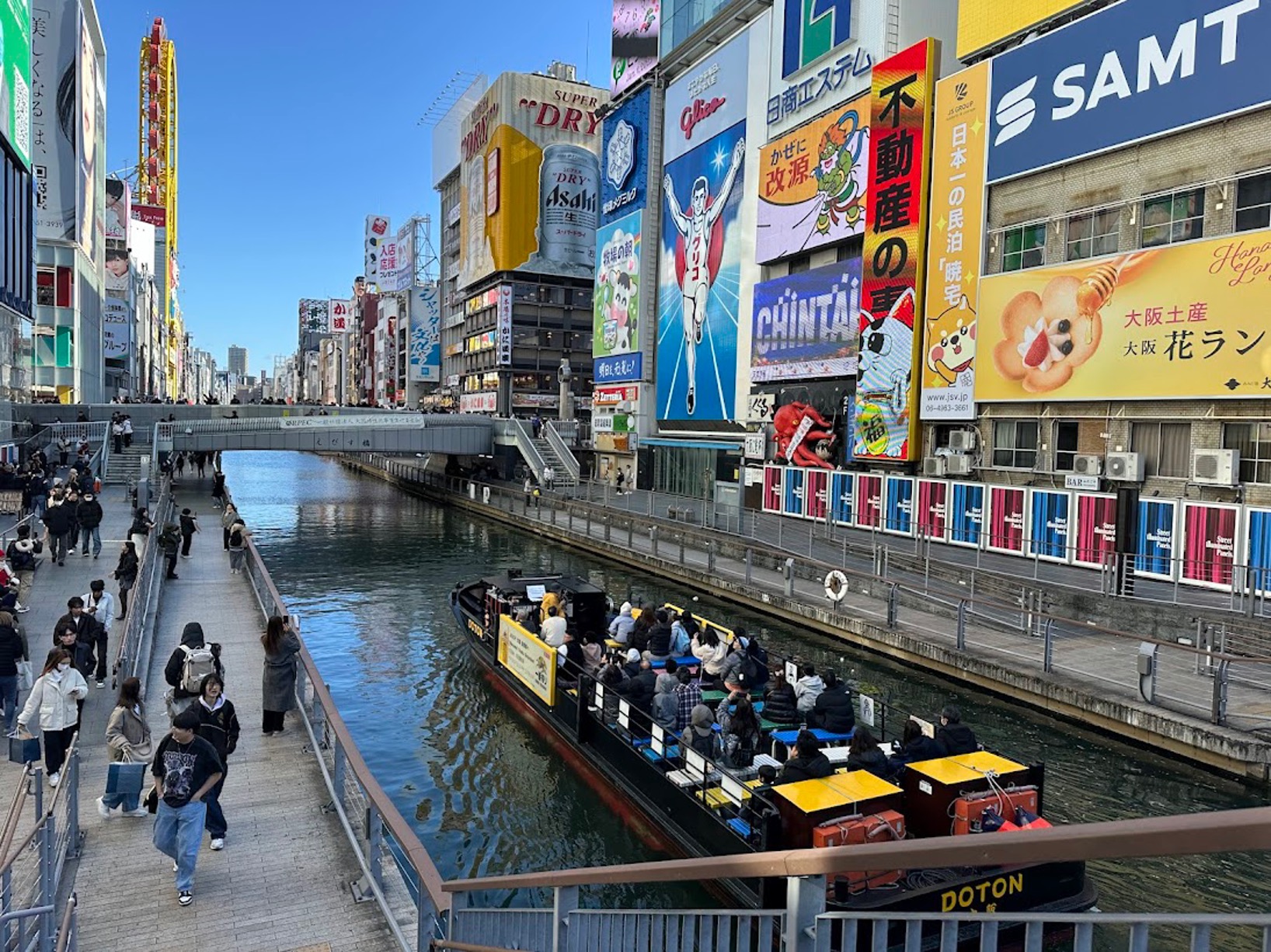BLOG
Can Japan become a powerhouse in tourism?

On January 15, 2025, the Japan National Tourism Organization (JNTO) announced that the estimated number of inbound foreign tourists to Japan in 2024 had reached 36.87 million, based on preliminary figures. This represents a staggering 47.1% increase compared to the previous year, surpassing the pre-pandemic record of 31.88 million in 2019 by 15.6%. By country and region, the top five sources of travelers were South Korea (8.81 million), China (6.98 million), Taiwan (6.04 million), the United States (2.72 million), and Hong Kong (2.68 million). Thailand followed with 1.14 million visitors, also crossing the one-million mark.
The annual total of 36.87 million inbound tourists would place Japan among the top 10 countries globally, even though comprehensive international rankings are not yet available. Japan is finally beginning to assert its presence as a tourism-oriented nation. Leading the rankings are established tourism powerhouses such as France, Spain, the United States, Italy, and Turkey, but it will be interesting to see how much Japan can close the gap.
The Japanese government, leveraging its success in attracting inbound demand up to 2015, established ambitious new targets in March 2026 under the “Tourism Vision to Support the Future of Japan.” These targets aimed for 40 million inbound tourists by 2020 and 60 million by 2030. Although Japan approached the 40-million mark in 2019, with 31.88 million visitors, the outbreak of COVID-19 brought the numbers to nearly zero in 2020, 2021, and 2022.
With the easing of the pandemic in 2023, Japan experienced a surge in inbound tourism, driven by a “Japan boom” and “revenge spending” from those unable to travel during the pandemic. The number of visitors quickly recovered to 25.06 million, and by 2024, Japan was on track to achieve its initial target of 40 million tourists. Looking ahead, the target for 2030 is set at 60 million visitors. Unless there are major disasters, achieving a 50% increase in five years seems a realistic goal.

In addition to increasing the number of inbound tourists, the government set another important goal: capturing consumption demand from these travelers.
- 2020 Targets: 40 million tourists, total spending of ¥8 trillion (¥200,000 per person)
- 2030 Targets: 60 million tourists, total spending of ¥15 trillion (¥250,000 per person)
As for actual results, in 2024, with 36.87 million tourists, total spending reached ¥8.1395 trillion, averaging ¥220,762 per person, surpassing the 2020 spending target. In recent years, the issue of overtourism has become prominent, especially in popular tourist destinations, prompting many countries to shift their focus from simply increasing visitor numbers to prioritizing per capita spending. Japan’s achievement is therefore highly significant.
Japan’s strengths lie in its position as an island nation and its ability to offer diverse, high-quality tourist destinations, services, and products. This has resulted in relatively high per capita spending by foreign tourists. Additionally, considering that spending by Chinese tourists—who typically have the highest per capita expenditures—has not yet returned to pre-pandemic levels, there is ample room for further growth in spending.
However, it is crucial not to overlook the impact of exchange rates when analyzing these results. In 2019, the average annual USD/JPY exchange rate was ¥110.0, compared to ¥151.3 in 2024—a depreciation of nearly 40%. Without price increases, this equates to a 40% discount. During this period, the costs of services such as hotels, restaurants, and entertainment—most relevant to travelers—have skyrocketed in many countries. For instance, restaurant and hotel prices in the U.S. have at least doubled in dollar terms. When converted to yen, the difference becomes even more tragic to Japanese.
For many foreign tourists, this creates a double benefit: Japan remains cost-effective due to prolonged deflation, while also offering an exchange rate bonus. Consequently, visitors can enjoy higher-quality meals and services at half or even one-third the price compared to their home countries. For inbound tourists, Japan must feel like a “paradise destination.”

Assuming no major disasters, the target of 60 million inbound tourists by 2030 appears highly achievable. Given the current global inflationary environment, achieving an average spending of ¥250,000 per tourist (approximately $1,600 at the current exchange rate) is not an overly ambitious goal—unless the yen appreciates significantly below ¥100/USD or a global financial crisis occurs.
If Japan’s GDP in 2024 stands at ¥610 trillion, inbound tourist spending of ¥8.1 trillion accounts for about 1.3% of GDP. This is roughly half the level of over 2.5% seen in major European countries (excluding Germany). Even the 2030 target of ¥15 trillion would amount to only 2% of GDP, suggesting there is still significant potential for developing the inbound tourism market. Meanwhile, it is expected that countries worldwide will increasingly compete to attract inbound demand. The competition to secure high-quality foreign tourists is sure to intensify, and Japan must continue to innovate and adapt.
One concerning point, however, is the sluggish performance of outbound Japanese tourism. According to the same JNTO report, the number of Japanese citizens traveling abroad in 2024 was only 13 million—about one-third of the inbound visitor count and 35% lower than the 2019 figure. While the weak yen has been a deterrent for overseas travel, this trend also reflects a more inward-looking mindset among Japanese people.
As mentioned previously, increasing inbound tourism requires expanding the network of air routes to Japan. For these routes to remain financially viable as a business, relying solely on one-way traffic is not sustainable. Given Japan’s relatively large population and economy, promoting outbound tourism alongside inbound efforts is critically important. By encouraging demand on both fronts, Japan can achieve balanced market growth and ensure sustainable tourism development.



